Swimming is more than just arm strokes and kicks—it’s a full-body symphony where core strength and balance play leading roles. A strong core stabilizes your body in the water, improves stroke efficiency, and reduces drag. Meanwhile, superior balance enhances body alignment and breathing control. Whether you're a competitive swimmer or a fitness enthusiast, mastering core and balance is essential for peak performance and injury prevention.
Your core includes muscles in your abdomen, lower back, hips, and pelvis. These muscles work together to maintain posture, transfer power between your upper and lower body, and keep you streamlined. Without a solid core, even the strongest arms and legs can’t compensate for poor body control.
Balance, on the other hand, ensures your body remains horizontal and aligned in the water. This reduces resistance and allows for smoother, more efficient movement. Poor balance leads to sinking hips or uneven strokes—common issues that slow swimmers down.
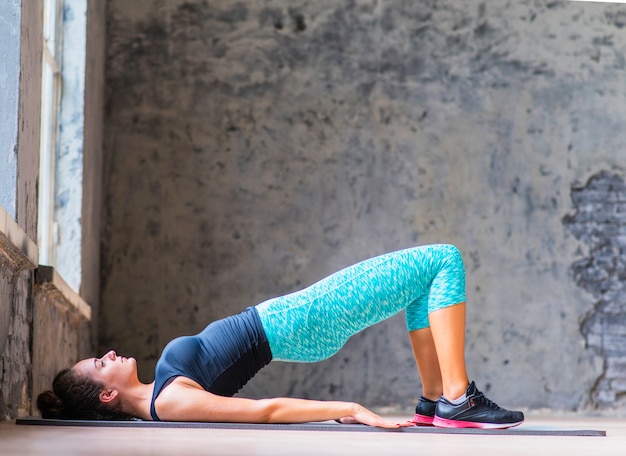
Use this actionable checklist to build strength and monitor progress over time. Perform these exercises 3–4 times per week alongside your regular swim training.
✅ Progress Check: Increase hold time by 10 seconds weekly. Aim for 90 seconds stable front plank and 45 seconds per side plank.
✅ Progress Check: Perform full reps without arching the back or wobbling. Add light ankle/wrist weights when comfortable.
✅ Progress Check: Complete 3 sets of 10 rollouts with full control. No sagging hips.
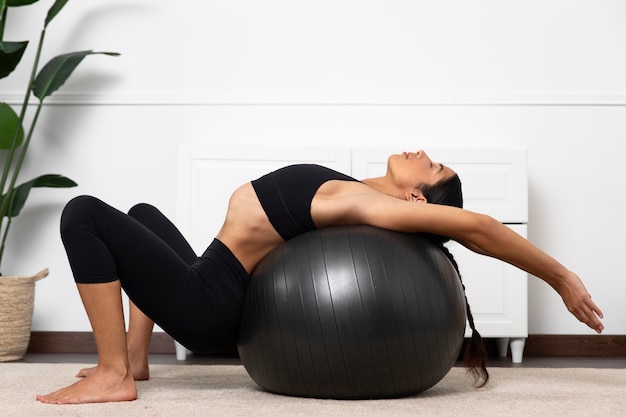
✅ Progress Check: Maintain a flat body line for 25m without sinking hips. Progress to 50m consistently.
✅ Progress Check: Increase resistance or reps weekly. Maintain proper form without twisting the lower back.
✅ Progress Check: Hold 60 seconds per leg with eyes closed on firm surface. Maintain posture without swaying.
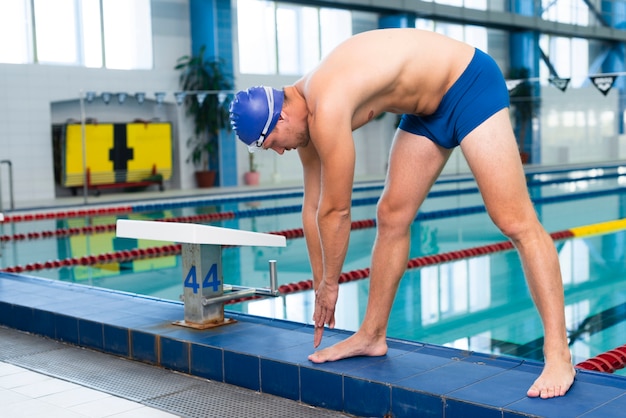
To ensure continuous improvement, conduct a monthly assessment using these benchmarks:
Building core strength and balance isn’t a one-off task—it’s a continuous process that pays dividends in the water. By following this checklist and tracking your progress, you’ll develop a stronger, more stable foundation for faster, smoother, and more efficient swimming.
Start today. Your next personal best begins with a solid core.

Fitness

Fitness

Fitness

Fitness
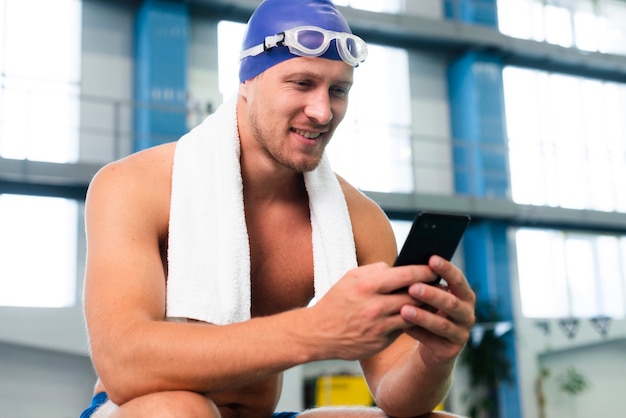
Fitness
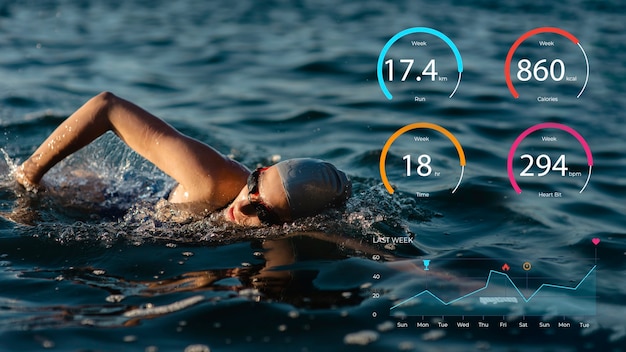
Fitness
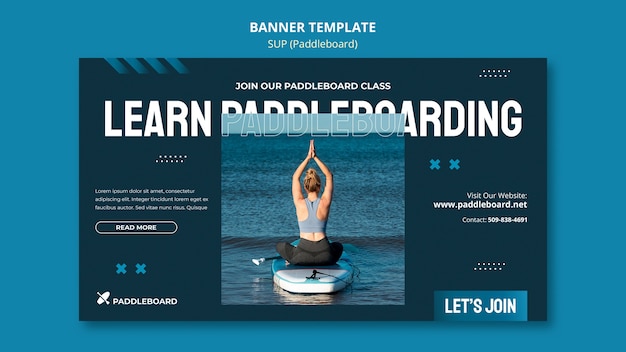
Fitness
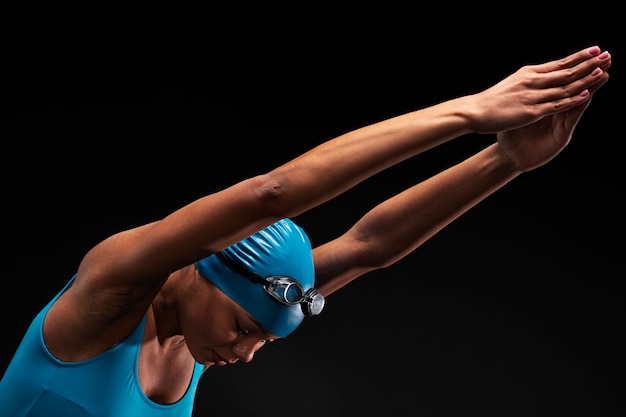
Fitness
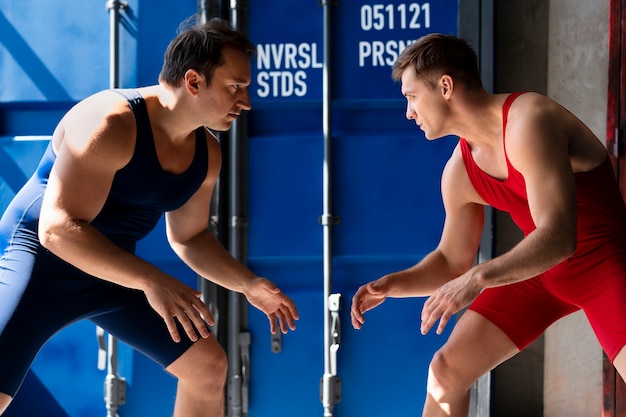
Fitness
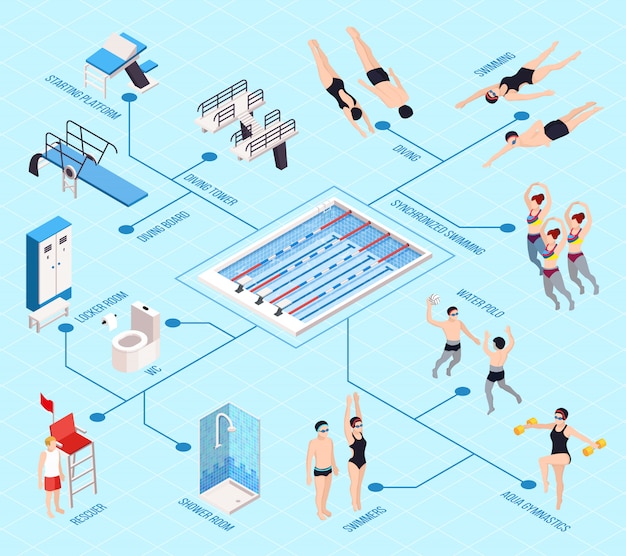
Fitness
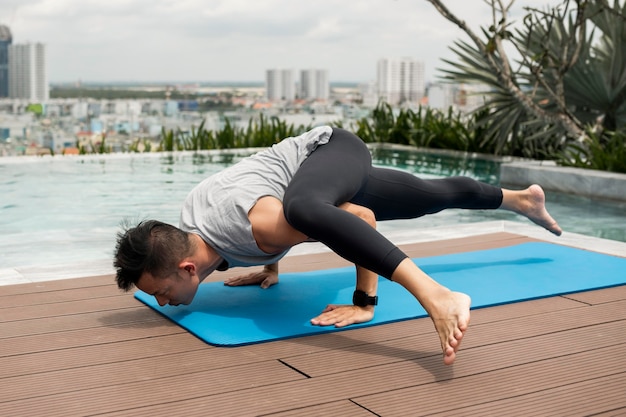
Fitness

Health

Fitness

Health

Health